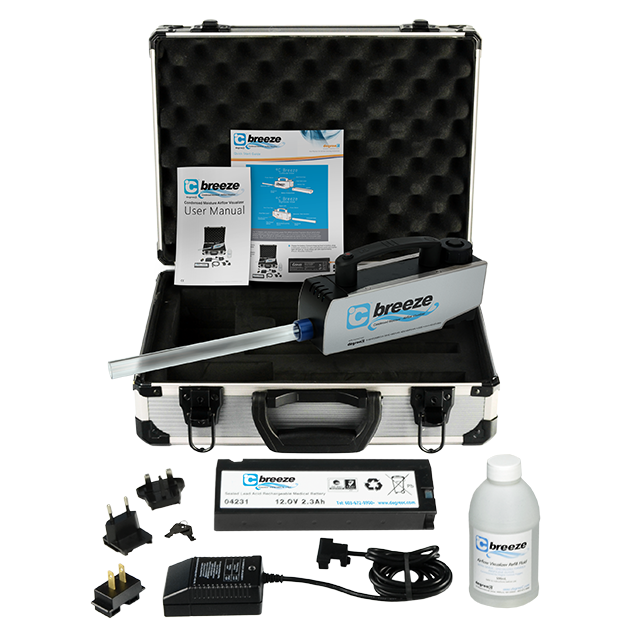

test holes are then drilled into the duct. Traverse the Airflow in the Exhaust DuctĪn airflow traverse requires at least 5 lengths of straight exhaust duct.
Airflow performance testing how to#
RELATED: HOW TO DETERMINE EXHAUST FAN AIRFLOW 2. When airflow cannot be measured directly with a balancing hood, airflow can be measured in the exhaust duct by performing an airflow traverse. If you’re concerned about the determining the precise amount of duct leakage, your effort is better spent in installing the duct so that is doesn’t leak. If you’re all caught up in exactness, forget about it. With most smaller fans this spec is adequate. Then read and record airflow.Īirflow specifications are plus or minus 10% of design airflow.

Set you the balancing hood to read in exhaust mode, securely place the hood over the grille to capture all of the fan airflow coming through the grille. If you’re lucky, and air exhaust fan airflow is being pulled from the room through a grille that is flat against a ceiling or wall, and the volume of airflow is between 30 and 2,000 CFM, use a calibrated air balancing hood. There are many different types of ventilation systems and not all the required measurement methods can be discussed in a short article, so we will review the most common test methods. Without this step the design is only a wish.
Airflow performance testing verification#
The design and specification must require that the ventilation system also receive the verification step of measuring, adjusting and balancing airflow by a qualified air balancer. The assumption that the fan and duct that were specified will do the job is far from realized. With these tasks completed, most of the engineering world believes the standard is met and that ventilation needs are assured dream on fellas. These standards require a calculation, and a specification requiring that the fan should do the job. Most standards are written to persuade designers to specify the needed airflow or air change rates. This is a defining characteristic of some exhaust fans that affects the way we may determine fan airflow as compared to a forced-air system where fans are located between the supply and return ducts. Although in-line exhaust fans exist, most exhaust fans are found at either the start of a duct or at the end of a duct. This may be obvious, but it is a good place to begin this discussion. Let’s take a look at how you can determine residential and commercial exhaust fan airflow in the field. While industry standards specifying ventilation rates are coming out of the woodwork, a practical standard describing how to measure ventilation airflows that can be applied in the field is hard to find.


 0 kommentar(er)
0 kommentar(er)
